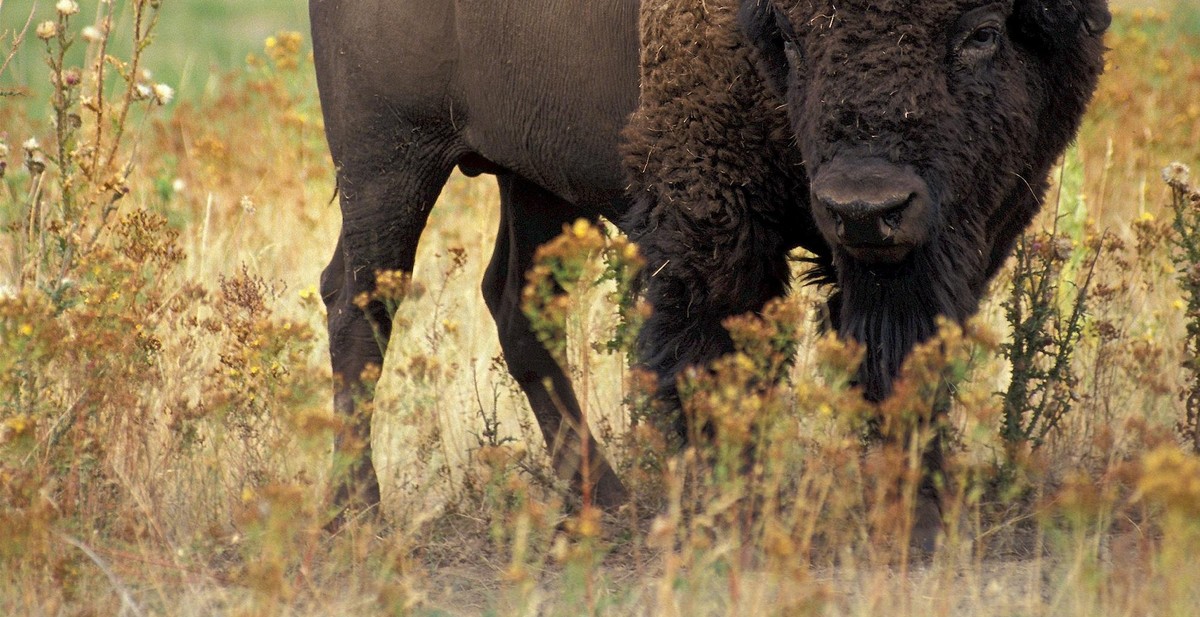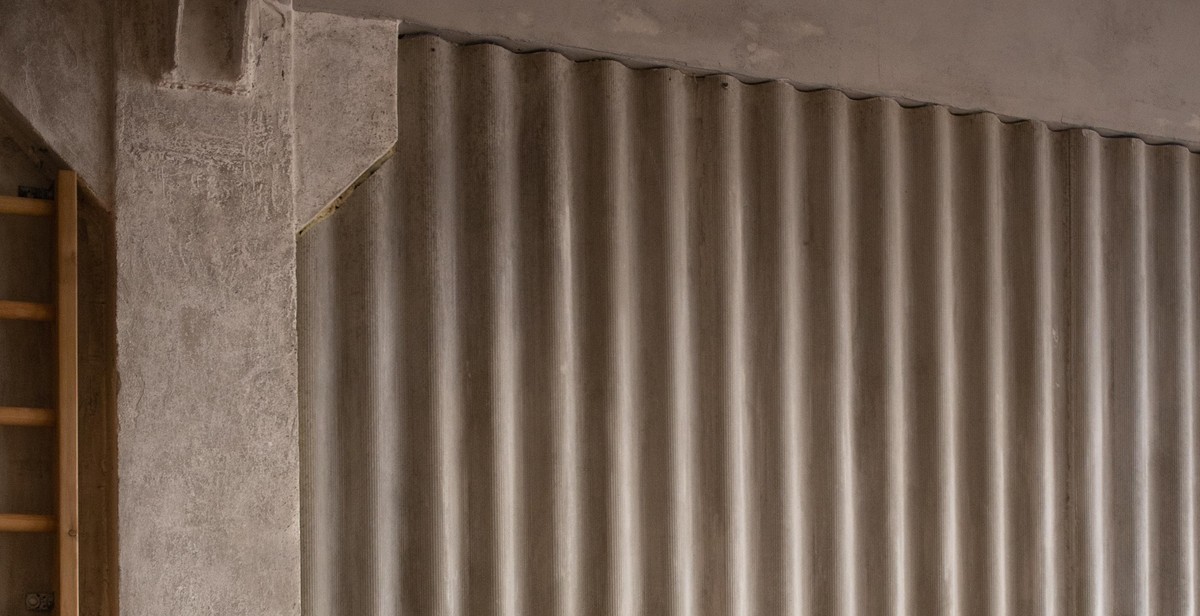How to Choose the Right Buffalo Handling Equipment: Tools for Safe and Efficient Management
As a professional in the ranching and farming industry, I have seen firsthand the importance of having the right buffalo handling equipment. Buffalo can be unpredictable and dangerous animals, so it is crucial to have the proper tools to manage them safely and efficiently. In this article, I will share my personal experience and expertise to help you choose the right equipment for your buffalo handling needs.
The Importance of Choosing the Right Equipment
Choosing the right buffalo handling equipment is essential for the safety of both the animals and the handlers. The right tools will not only help you manage your buffalo with ease but will also prevent injuries and accidents in the process. With the right equipment, you can ensure that your buffalo are handled with care and that your operations run smoothly.
Factors to Consider When Choosing Buffalo Handling Equipment
When choosing buffalo handling equipment, there are several factors to consider. These include the size of your herd, the age and temperament of your animals, and the type of activities you will be performing. Additionally, you need to consider the durability and quality of the equipment, as well as your budget.
- Size of your herd
- Age and temperament of your animals
- Type of activities you will be performing
- Durability and quality of the equipment
- Budget
By considering these factors, you can choose the right buffalo handling equipment that will meet your needs and help you manage your animals safely and efficiently.
Understanding Buffalo Handling Equipment
Buffalo handling equipment is crucial for safe and efficient management of these large and powerful animals. Whether you are a rancher, farmer, or zookeeper, having the right equipment can make all the difference in terms of safety and productivity. In this section, we will discuss the types of buffalo handling equipment available and the factors to consider when choosing the right tools for the job.
Types of Buffalo Handling Equipment
There are various types of buffalo handling equipment available, each designed to perform specific tasks and meet different needs. Below are some of the most common types of buffalo handling equipment:
- Chutes: Buffalo chutes are designed to hold animals securely in place, making it easier to vaccinate, brand, or perform other procedures. They come in different sizes and configurations, from portable to permanent, and can be hydraulic or manual.
- Crowding pens: Crowding pens are used to move buffalo from one area to another, such as from a pasture to a trailer. They are typically made of metal panels and can be adjusted to different sizes and shapes.
- Squeeze chutes: Squeeze chutes are similar to chutes but are designed to apply pressure to the animal’s body, immobilizing it for various procedures. They can be hydraulic or manual and come with various features, such as head gates and tail gates.
- Head gates: Head gates are used to hold the animal’s head in place, making it easier to perform procedures such as ear tagging or dehorning. They can be attached to chutes or squeeze chutes and come in various sizes and shapes.
- Handling systems: Handling systems are designed to move buffalo through a series of chutes, pens, and alleys, allowing for efficient handling and sorting. They can be customized to meet specific needs and can be automated or manual.
Factors to Consider When Choosing Buffalo Handling Equipment
Choosing the right buffalo handling equipment requires careful consideration of various factors. Below are some of the most important factors to consider:
- Size of the herd: The size of your herd will determine the size and capacity of the equipment you need. If you have a large herd, you may need a permanent handling system with a high capacity.
- Frequency of use: How often you use the equipment will determine its durability and maintenance requirements. If you use the equipment frequently, you may need to invest in high-quality, durable equipment.
- Type of procedures: The type of procedures you perform on your buffalo will determine the type of equipment you need. For example, if you need to immobilize the animal, you may need a squeeze chute with a head gate.
- Space availability: The amount of space you have available will determine the size and configuration of the equipment you can use. If you have limited space, you may need to invest in portable or compact equipment.
- Budget: Your budget will determine the type and quality of equipment you can afford. It is important to balance cost with quality and durability to ensure a good return on investment.
| Equipment Type | Pros | Cons | |||||||||||||||||||||||||||||||||||||||||||||||||||||||||||||||||
|---|---|---|---|---|---|---|---|---|---|---|---|---|---|---|---|---|---|---|---|---|---|---|---|---|---|---|---|---|---|---|---|---|---|---|---|---|---|---|---|---|---|---|---|---|---|---|---|---|---|---|---|---|---|---|---|---|---|---|---|---|---|---|---|---|---|---|---|
| Chutes | Securely holds animals in place; comes in different sizes and configurations | Can be expensive; requires maintenance | |||||||||||||||||||||||||||||||||||||||||||||||||||||||||||||||||
| Crowding pens | Allows for efficient movement of animals; adjustable to different sizes and shapes | May not be suitable for all procedures; can be difficult to move | |||||||||||||||||||||||||||||||||||||||||||||||||||||||||||||||||
| Squeeze chutes | Applies pressure to immobilize animal; comes with various features | Can be expensive; requires maintenance | |||||||||||||||||||||||||||||||||||||||||||||||||||||||||||||||||
| Head gates | Holds animal’s head in place; comes in various sizes and shapes | May not be suitable for all procedures; requires attachment to chute or squeeze chute
Factors to Consider When Choosing Buffalo Handling EquipmentWhen it comes to managing buffaloes, choosing the right handling equipment is crucial for both safety and efficiency. The right tools can make the handling process safer for both the animals and the handlers while also improving the overall efficiency of the operation. However, there are several factors to consider when choosing buffalo handling equipment, including safety, efficiency, and cost. SafetySafety should be the top priority when handling buffaloes. The equipment chosen should be designed specifically for buffalo handling and should meet all safety standards. The equipment should be sturdy and durable enough to withstand the weight and strength of the animals, while also providing a secure and stable environment for the animals to be handled. The equipment should also be easy to use and should not require excessive physical force or complicated maneuvers that could put the handlers or the animals at risk. EfficiencyEfficiency is also an important factor to consider when choosing buffalo handling equipment. The equipment should be designed to make the handling process as smooth and efficient as possible. This includes features such as adjustable settings, easy maneuverability, and quick release mechanisms. The equipment should also be designed to minimize stress on the animals, as this can lead to more efficient handling and a better overall experience for the animals. CostCost is another important factor to consider when choosing buffalo handling equipment. While safety and efficiency should be the top priorities, the equipment should also be affordable and within the budget of the operation. It is important to balance the cost of the equipment with the benefits it provides, including improved safety and efficiency. Additionally, it is important to consider the long-term costs of the equipment, such as maintenance and repair costs.
Overall, when choosing buffalo handling equipment, it is important to prioritize safety and efficiency while also considering the cost. By choosing the right equipment, handlers can ensure a safe, efficient, and stress-free handling process for both themselves and the animals they are working with.
Types of Buffalo Handling EquipmentWhen it comes to managing buffalo, it is essential to have the right equipment to ensure safe and efficient handling. There are several types of buffalo handling equipment available in the market, each designed to cater to different needs. Chutes and Handling SystemsChutes and handling systems are designed to help control the movement of buffalo during the handling process. They come in different sizes and designs, depending on the number of buffalo being handled and the type of handling required. Some of the most common types of chutes and handling systems include:
These chutes and handling systems are designed to help move buffalo from one area to another safely and efficiently, without causing any harm to the animals or handlers. HeadgatesHeadgates are an essential piece of equipment used to restrain buffalo during the handling process. They are designed to hold the animal’s head in place, preventing it from moving and causing any harm to the handler. There are different types of headgates available, including:
Each type of headgate has its own advantages and disadvantages, and the choice of headgate will depend on the specific needs of the operation. Squeeze ChutesSqueeze chutes are designed to hold buffalo in place during the handling process. They are equipped with a hydraulic or manual mechanism that allows the chute to squeeze the animal’s sides, preventing it from moving or causing any harm to the handlers. Some of the most common types of squeeze chutes include:
Squeeze chutes are an essential piece of equipment for buffalo handling operations, as they help ensure the safety of both the animals and the handlers. Loading ChutesLoading chutes are designed to help move buffalo from the handling area to the transport vehicle safely and efficiently. They are equipped with a ramp that allows the animals to walk up into the vehicle, without causing any harm to themselves or the handlers. There are different types of loading chutes available, including:
Choosing the right loading chute will depend on the specific needs of the operation, such as the size of the transport vehicle and the number of animals being loaded.
Each type of buffalo handling equipment has its own advantages and disadvantages, and the choice of equipment will depend on the specific needs of the operation. It is important to choose the right equipment to ensure safe and efficient handling of buffalo, and to reduce stress on both the animals and the handlers. Chutes and Handling SystemsChutes and handling systems are essential equipment for efficient and safe buffalo handling. They are designed to ease the movement of animals from one point to another, reducing stress and minimizing the risk of injury for both the animals and handlers. Additionally, chutes and handling systems help to improve the productivity of buffalo farms by ensuring timely and efficient handling of animals. Benefits of Using Chutes and Handling SystemsUsing chutes and handling systems has numerous benefits for buffalo farmers, including:
These benefits make chutes and handling systems an essential investment for any buffalo farm looking to improve its operations. Types of Chutes and Handling SystemsThere are several types of chutes and handling systems available in the market, each designed to meet specific needs. Some of the common types of chutes and handling systems include:
These are just a few examples of the types of chutes and handling systems available. The choice of the right equipment will depend on the specific needs of the farm.
HeadgatesHeadgates are a crucial piece of buffalo handling equipment that can make the process more efficient and safe for both the animals and the handlers. They are designed to securely hold the buffalo’s head in place, preventing it from moving around and potentially injuring itself or others. Benefits of Using HeadgatesThere are several benefits of using headgates when handling buffalo:
Types of HeadgatesThere are several types of headgates available, each with its own features and benefits:
When choosing a headgate, it is important to consider the specific needs of your operation, as well as your budget and level of experience with buffalo handling equipment. With the right headgate, you can improve the safety, efficiency, and accuracy of your buffalo handling process, while reducing stress for both the animals and the handlers. Squeeze Chutes: Benefits and TypesSqueeze chutes are essential pieces of equipment for managing buffaloes in a safe and efficient way. They are designed to provide a secure and comfortable environment for the animal while ensuring the safety of the handler. Here are some of the benefits of using squeeze chutes:
Types of Squeeze ChutesThere are different types of squeeze chutes available in the market, each with unique features and benefits. Here are some of the most common types:
When choosing a squeeze chute, consider your specific needs and budget. It is important to invest in high-quality equipment that will provide long-term benefits for both the animals and the handlers.
Loading ChutesWhen it comes to managing buffaloes, loading chutes are an essential tool for safe and efficient handling. They provide a secure and easy way to load and unload buffaloes from trucks and trailers, reducing the risk of injury to both the animals and handlers. Benefits of Using Loading ChutesThe use of loading chutes has many benefits for buffalo handling, including:
Types of Loading ChutesThere are several types of loading chutes available, each designed for specific purposes. These include:
When choosing a loading chute, it is important to consider the specific needs of your operation and select a chute that is appropriate for your requirements.
ConclusionChoosing the right buffalo handling equipment is crucial for the safety and efficiency of managing these powerful animals. It is important to consider factors such as the size and temperament of the herd, the type of handling required, and the experience level of the handlers. Investing in high-quality equipment can save time and money in the long run, as well as prevent injuries to both animals and handlers. It is also important to properly maintain and replace equipment as needed to ensure its effectiveness. Whether you are a seasoned buffalo handler or just starting out, there are a variety of tools available to help you safely and efficiently manage your herd. From chutes and squeeze cages to sorting gates and scales, the right equipment can make all the difference in the success of your operation. Remember to always prioritize safety and never underestimate the strength and unpredictability of these animals. With the right equipment and proper training, you can ensure a successful and sustainable buffalo management program.
|




